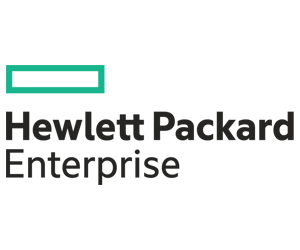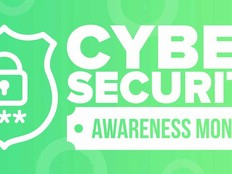Hardening the Server Supply Chain
HPE launched the first-of-its-kind Trusted Supply Chain initiative in 2020. It aims to strengthen security to ensure that government receives verifiably authentic and uncompromised products and solutions.
“We use our Chippewa Falls, Wis., facility, a very secure lockdown facility, where U.S. citizen, background-checked and polygraph-checked employees assemble our HPE servers and enable certain security capabilities and functionalities,” says Allen Whipple, compute server management and server security expert at HPE. “That allows us to have a very secure server from the moment we ship it.”
HPE recently extended that initiative globally for its ProLiant server portfolio, making those secure servers available in the European and Asia-Pacific markets.
“That means the Defense Department and others can ensure our allies have access to that same level of secure equipment,” Humphreys says.
At the same time, modern tools and capabilities come to bear in support of even more robust server security. A server is built of components from multiple sources, a complex supply chain that requires careful management. To that end, HPE created Trusted Supply Chain for ProLiant.














